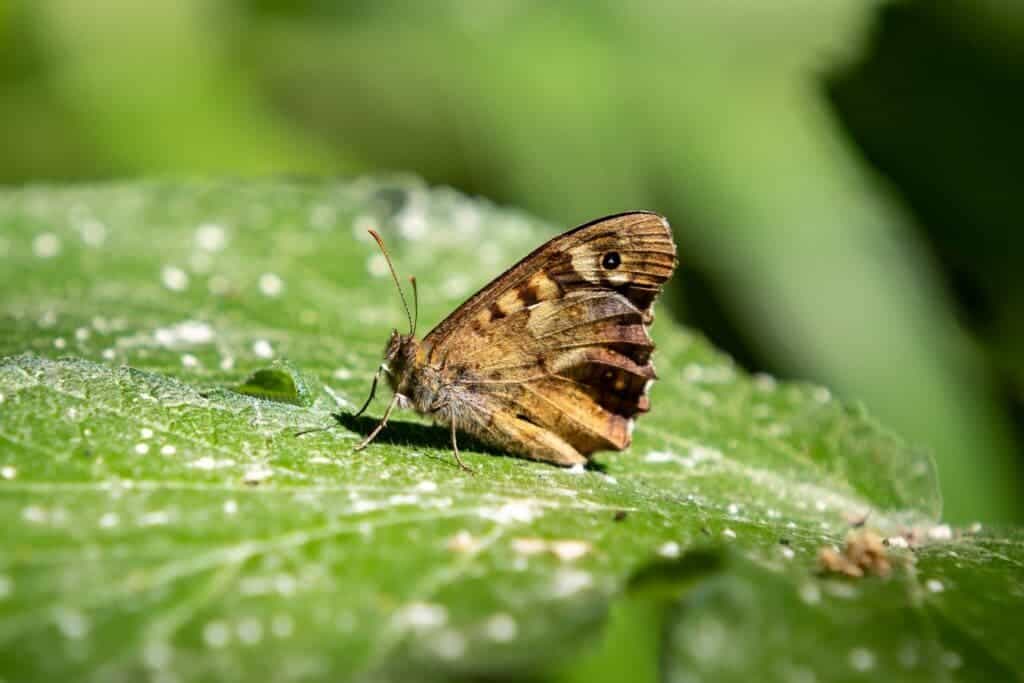Insects are an incredibly varied and diverse group, making up more than half of all known life, with more than a million described species. Many are social, while others are solitary.
Most can fly, while some had this ability but lost it at some point in the past, especially on islands. When Charles Darwin noticed this trend, he speculated that this happens for a very simple reason: so that the insects don’t get blown out into the sea. Those that fly a lot are more likely to get blown, so evolution favors those who don’t.
Many biologists contradicted Darwin’s simplistic assumption. Now, a new study suggests that he might have been right after all — at least partially.

Flies walk, moths crawl
In between the Antarctic and Australia, a few islands called the Southern Ocean Islands host almost exclusively flightless insects. It’s an extremely peculiar thing, since so many insects fly, and it’s a trend that is also present on many other islands.
“Of course, Charles Darwin knew about this wing loss habit of island insects,” says Ph.D. candidate Rachel Leihy, from the Monash University School of Biological Sciences.
“He and the famous botanist Joseph Hooker had a substantial argument about why this happens. Darwin’s position was deceptively simple. If you fly, you get blown out to sea. Those left on land to produce the next generation are those most reluctant to fly, and eventually, evolution does the rest. Voilà.”
But Hooker, who was an accomplished explorer himself, had different ideas — and Hooker’s own travels to the Antarctic only cemented his ideas. As time passed, biologists seemed to side with Hooker rather than Darwin. Surely there must be some other mechanism at work, most believed. But there seemed to be no clear pattern to explain this. Island size is a poor predictor of flightlessness and climate is also hard to correlate with this.
But few thought to test the idea in the Southern Ocean Islands (SOIs). Leihy and colleagues believe the sub-Antarctic SOIs are an excellent testbed for these hypotheses. They’re pretty cold, food is scarce, and most importantly, they’re some of the windiest places on Earth.
“If Darwin really got it wrong, then wind would not in any way explain why so many insects have lost their ability to fly on these islands,” said Leihy.
They found that out of the indigenous SOI insects, 47% are flightless, compared to 8% for Arctic species, and the 5% global average. In other words, the windier the island, the likelier it is for the insects to ditch flying — essentially making Darwin right.
However, the researchers gave a new spin to Darwin’s idea. Wind is indeed a deterrent to flying, but it’s maybe not because the insects get blown out to sea, but rather because it expends more energy.
Flying is very taxing, it takes a lot of energy to do it. The reason why so many insects can fly is that they’re generally light, which works very well with flying. But if you’re battling a lot of wind, you need to spend more energy than you normally would, which leaves less energy for other things like reproduction. Less reproduction means you’re less likely to spread your genes, and voilà.
Instead, insects on windy islands can choose to redirect the energy for wings and flying muscles to other activities, which seems to be a viable strategy for many species.
It’s remarkable that the ideas of Charles Darwin, the father of evolution, can turn out to be so valuable to this day.
“It’s remarkable that after 160 years, Darwin’s ideas continue to bring insight to ecology,” concludes Leihy, the lead author of the paper.
The study has been published in the Proceedings of the Royal Society B.









